
Ancient site reveals its secrets
2023-09-26 09:00
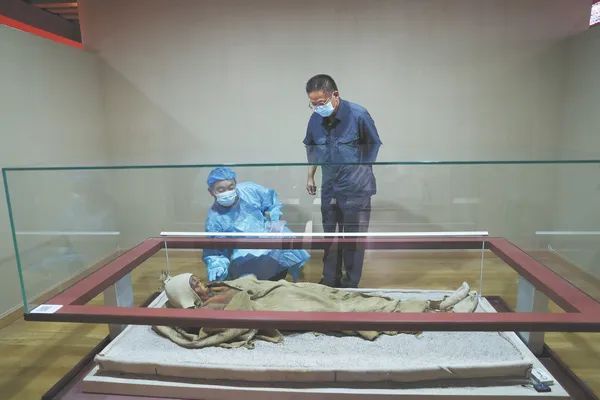
▲ At the Loulan Museum in Ruoqiang county, Bayingolin Mongol autonomous prefecture, Xinjiang Uygur autonomous region, Feng Jing (left), director of the museum, and Jiao Yingxin, former director of the cultural heritage administration of the county, check the "Loulan Beauty", a well-preserved female mummy. [Photo by Zou Hong/China Daily]
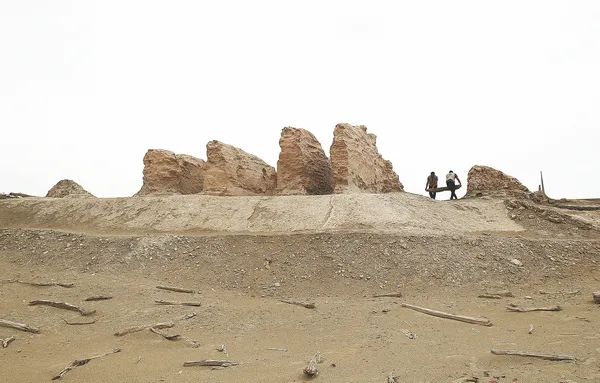
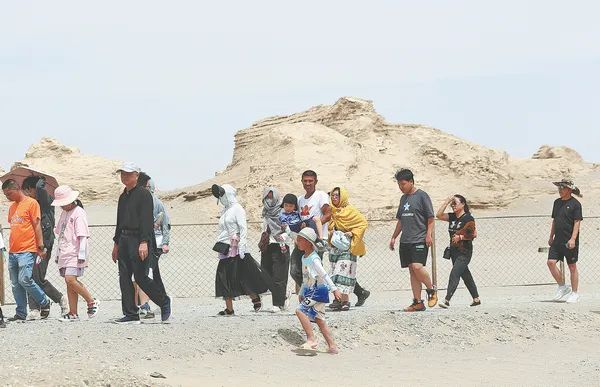
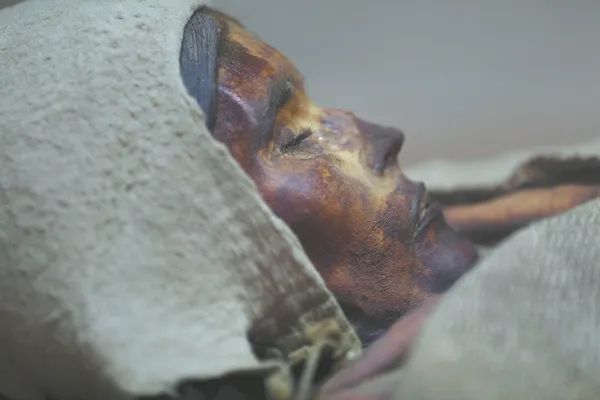
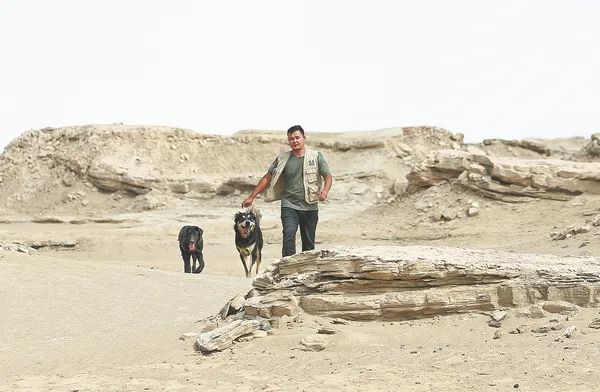
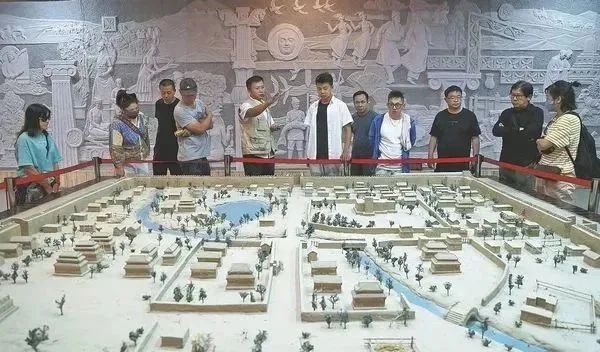
Over the years, five stations have been built in Lop Nur, and altogether 20 people are working at them safeguarding heritage, according to Feng Jing, director of Loulan Museum in Ruoqiang.
Get the latest price? We'll respond as soon as possible(within 12 hours)








